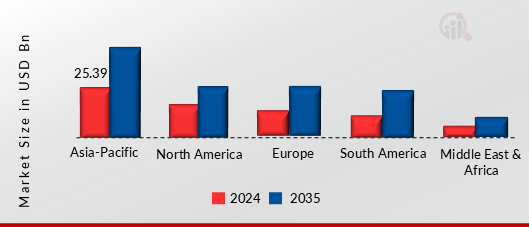Digital Railway Market Summary
As per Market Research Future Analysis, the Digital Railway Market is projected to grow from USD 83.32 billion in 2025 to USD 222.14 billion by 2035, with a CAGR of 10.30% during the forecast period. The market was valued at USD 75.55 billion in 2024. Key drivers include increasing urbanization, the need for enhanced railway safety and efficiency, and growing environmental sustainability awareness.
Key Market Trends & Highlights
The market is witnessing significant trends driven by safety and efficiency improvements.
- The railway operation management segment generated the most revenue due to increased demand for effective and safe operations.
- North America dominated the market in 2022 with a share of 45.80%, driven by the need for modernization.
- The Asia-Pacific region is expected to grow at the fastest CAGR from 2023 to 2032, fueled by rapid urbanization.
- Digital technologies like Positive Train Control (PTC) and European Train Control System (ETCS) are crucial for enhancing safety.
Market Size & Forecast
| 2024 Market Size | USD 75.55 Billion. |
| 2035 Market Size | USD 222.14 Billion |
Major Players
Major players include Siemens, Wabtec, Cisco, ABB, Huawei, Thales, IBM, Alstom, Bombardier, and Tego.















